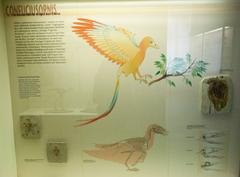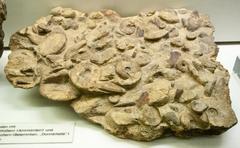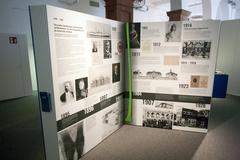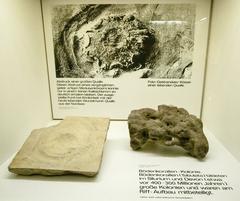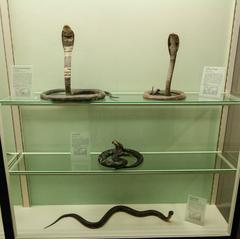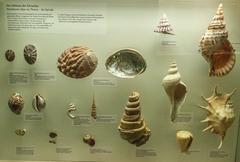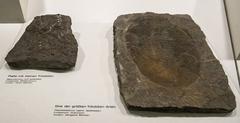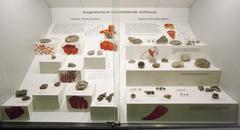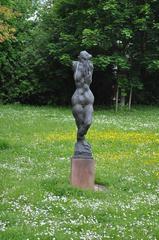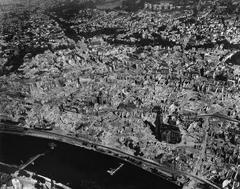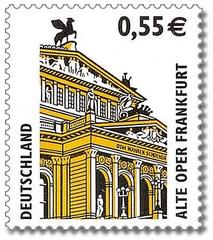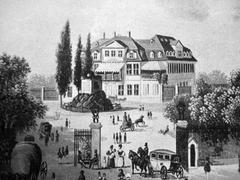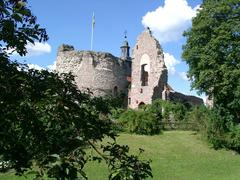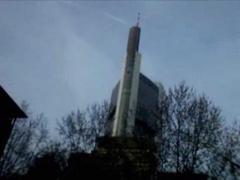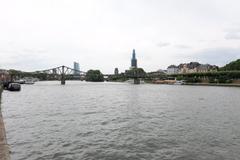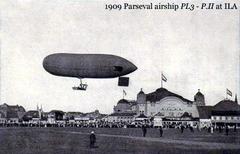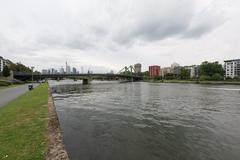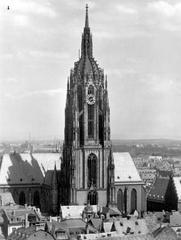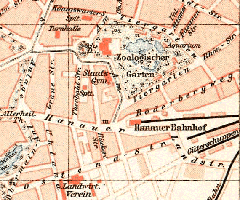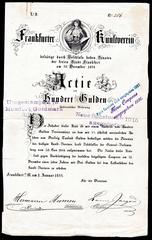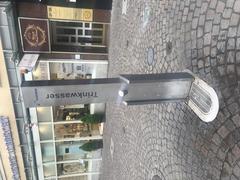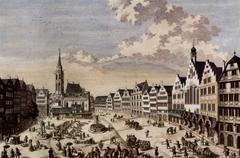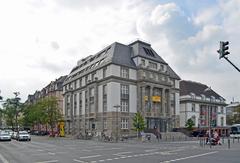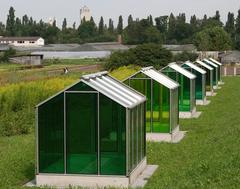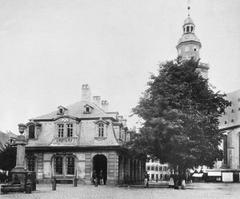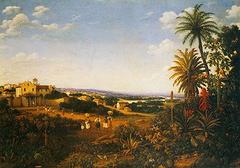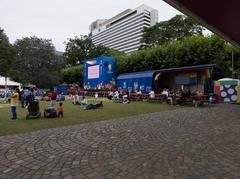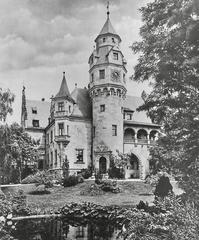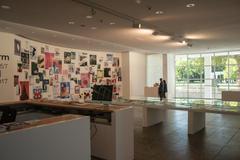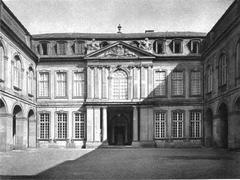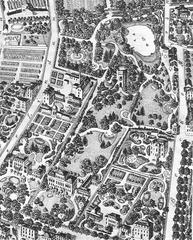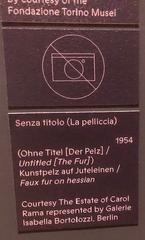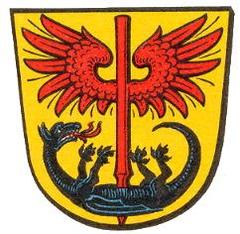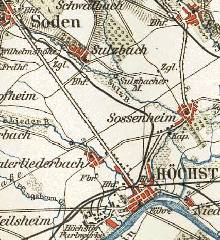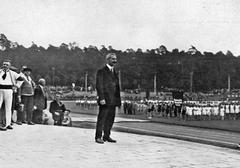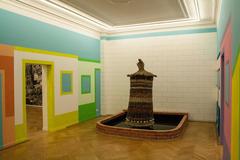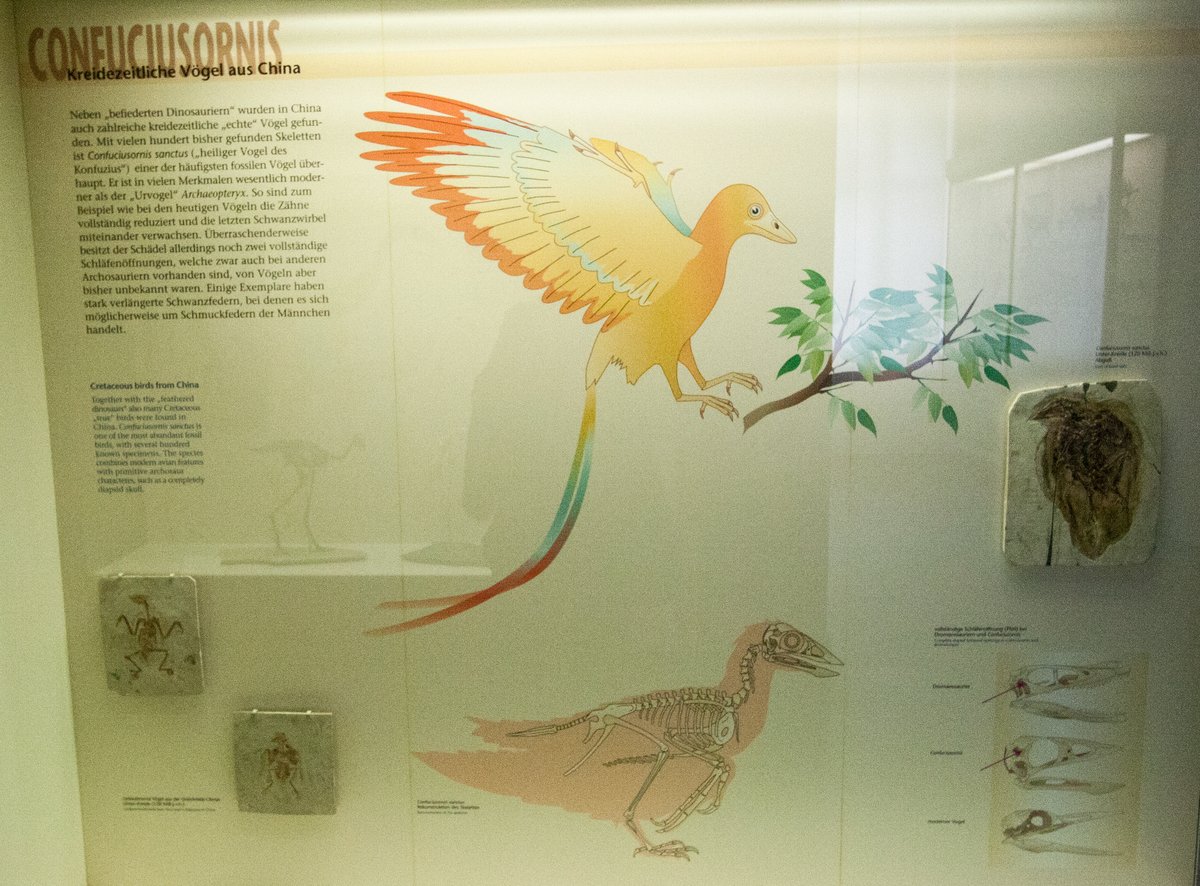
Comprehensive Guide to Visiting Senckenberg Museum Frankfurt am Main, Germany
Date: 18/07/2024
Introduction
The Senckenberg Museum, officially known as the Senckenberg Natural History Museum (Senckenberg Naturmuseum), is a treasure trove of natural history located in the Westend district of Frankfurt am Main, Germany. Established in 1821 by the Senckenberg Nature Research Society, this museum has grown to become one of the most significant natural history institutions in Germany and Europe. Renowned for its extensive collections and cutting-edge research, the Senckenberg Museum offers visitors a comprehensive journey through the natural world, from the earliest life forms to the complexities of modern ecosystems (Senckenberg Society for Nature Research).
The museum’s rich history is intertwined with the Enlightenment ideals that emphasize scientific inquiry and education. Over the decades, it has expanded its exhibition space and modernized its facilities to keep pace with growing collections and the latest advancements in science and technology (Senckenberg Museum History). Visitors can explore a vast array of exhibits, including life-sized dinosaur skeletons, an extensive fossil collection, and interactive displays on biodiversity and ecology. The Senckenberg Museum is not just a place for viewing exhibits; it’s an educational hub where visitors can engage with the natural world through guided tours, workshops, and special events.
Whether you’re a history enthusiast, a family with curious children, or a traveler looking to deepen your understanding of natural history, the Senckenberg Museum promises an unforgettable experience. This guide provides a detailed overview of the museum’s history, key exhibits, visitor information, and nearby attractions to help you plan your visit effectively.
Table of Contents
- Introduction
- History of the Senckenberg Museum
- Collections and Exhibits
- Visitor Information
- Nearby Attractions
- Special Events and Guided Tours
- Photographic Spots
- Research and Education
- Modernization and Future Plans
- Frequently Asked Questions
- Conclusion
History of the Senckenberg Museum
Origins and Foundation
The Senckenberg Museum was founded by Johann Christian Senckenberg in 1817 through the establishment of the Senckenberg Natural Research Society (Senckenberg Gesellschaft für Naturforschung, SGN). Initially housed in a modest building, the museum opened its doors in 1821. Its primary aim was to promote scientific research and education in natural history (Senckenberg Society).
Early Development
In 1907, the museum moved to its current location in Frankfurt’s Westend district to accommodate its growing collection. Over the decades, the museum expanded its exhibition space and modernized its facilities to enhance the visitor experience (Senckenberg Museum History).
Expansion and Renovation
The museum underwent significant expansions and renovations during the 20th century to keep pace with its expanding collections. Notable expansions occurred in the 1960s and 1970s, focusing on modernizing facilities and enhancing educational exhibits (Senckenberg Museum Expansion).
Collections and Exhibits
The Senckenberg Museum houses over 40 million specimens, covering a broad spectrum of natural history topics such as paleontology, geology, botany, zoology, and anthropology. Key exhibits include:
-
Dinosaur Skeletons: Featuring life-sized replicas of a Tyrannosaurus rex and a Diplodocus, these exhibits offer a glimpse into the prehistoric world (Dinosaur Exhibits).
-
Fossil Collection: One of the largest in Europe, the fossil collection includes specimens from various geological periods, providing insights into the history of life on Earth (Fossil Collection).
-
Biodiversity and Ecology: These exhibits highlight the diversity of life on Earth and emphasize the importance of conservation (Biodiversity Exhibits).
-
Human Evolution: This exhibit traces the journey of human ancestors from early hominids to modern Homo sapiens, featuring life-sized reconstructions and interactive displays.
-
Marine Life: Showcasing the wonders of the ocean, this exhibit includes a variety of marine specimens, such as corals, mollusks, and fish, along with interactive displays on marine ecosystems.
-
Minerals and Gems: A dazzling display of the Earth’s geological treasures, featuring a wide array of minerals, crystals, and gemstones from around the world.
-
Birds of the World: Showcasing the incredible diversity of avian species, this exhibit features taxidermy specimens, nests, and eggs.
-
Insects and Arachnids: Delving into the fascinating world of arthropods, this exhibit features a wide variety of specimens, including butterflies, beetles, spiders, and scorpions.
-
Earth and Space: This exhibit explores the origins and evolution of the universe, featuring displays on the formation of stars, planets, and galaxies.
-
Special Exhibitions: The museum hosts a variety of special exhibitions throughout the year, covering a wide range of topics related to natural history and science.
Visitor Information
Ticket Prices and Visiting Hours
The Senckenberg Museum is open daily from 9:00 AM to 5:00 PM. Ticket prices are as follows:
- Adults: €10
- Seniors: €8
- Students: €5
- Children (ages 6-15): €4
- Family Ticket: €25
For more details on tickets and visiting hours, visit the official website.
Accessibility
The museum is wheelchair accessible, with elevators and ramps provided throughout the facility. Special guided tours are available for visitors with disabilities.
Nearby Attractions
Frankfurt offers numerous historical sites and attractions near the Senckenberg Museum, including:
- Palmengarten: A beautiful botanical garden located nearby.
- Goethe House: The birthplace of Johann Wolfgang von Goethe.
- Frankfurt Zoo: An ideal spot for family visits.
Special Events and Guided Tours
The museum regularly hosts special events, workshops, and lectures. Guided tours are available in multiple languages and can be booked in advance through the museum’s website.
Photographic Spots
The museum provides several picturesque spots for photography, including the dinosaur exhibits and the botanical garden area. Photography is allowed throughout the museum, but flash photography is prohibited in certain areas to protect the specimens.
Research and Education
In addition to being a public museum, the Senckenberg Museum is a leading research institution. The Senckenberg Society for Nature Research conducts cutting-edge studies in various natural history fields (Senckenberg Research). The museum offers a range of educational programs, including guided tours, workshops, and interactive exhibits (Senckenberg Education).
Modernization and Future Plans
The museum continues to innovate with digital exhibits, interactive displays, and virtual reality experiences. Plans for future expansion include new exhibition spaces and the acquisition of additional collections (Senckenberg Future Plans).
Frequently Asked Questions
Q: What are the Senckenberg Museum visiting hours? A: The museum is open daily from 9:00 AM to 5:00 PM.
Q: How much are tickets to the Senckenberg Museum? A: Adult tickets are €10, seniors €8, students €5, children €4, and a family ticket is €25.
Q: Is the museum wheelchair accessible? A: Yes, the museum is fully wheelchair accessible with elevators and ramps.
Conclusion
The Senckenberg Museum’s rich history, extensive collections, and modern exhibits make it a must-visit destination for anyone interested in natural history. With its comprehensive research and educational programs, the museum continues to contribute to scientific knowledge and inspire future generations. Plan your visit today and experience the wonders of natural history in Frankfurt (Senckenberg Museum).
